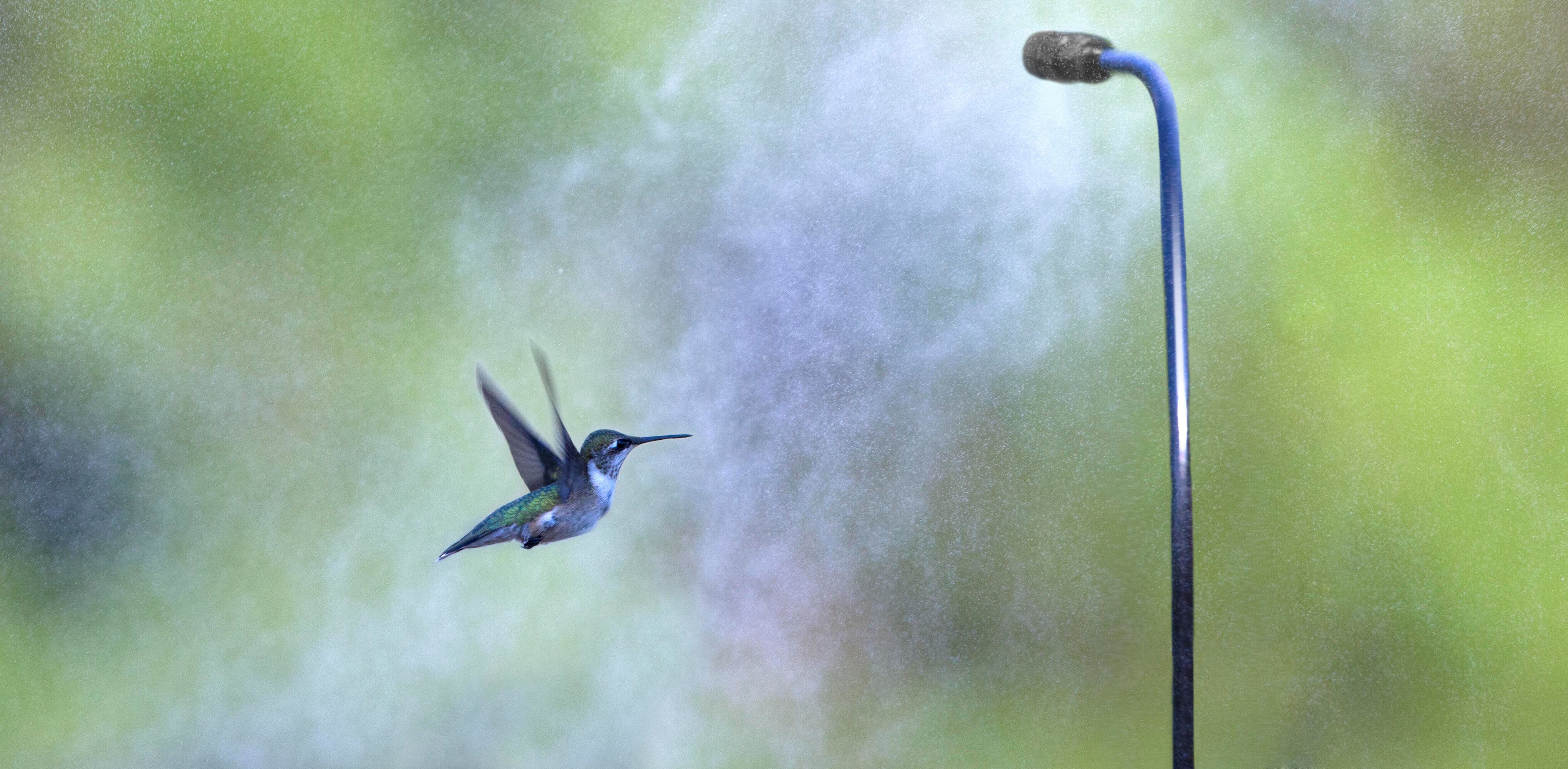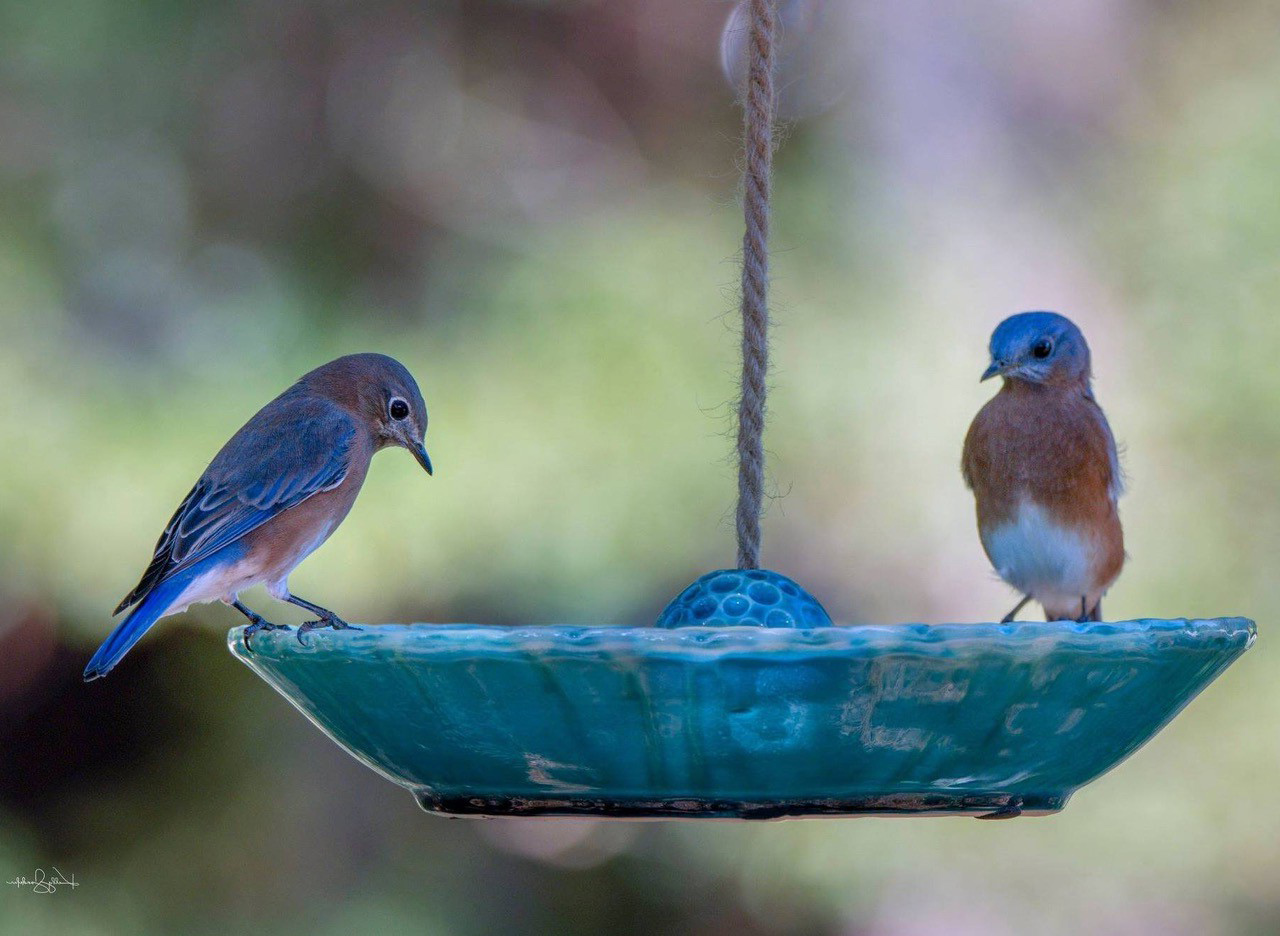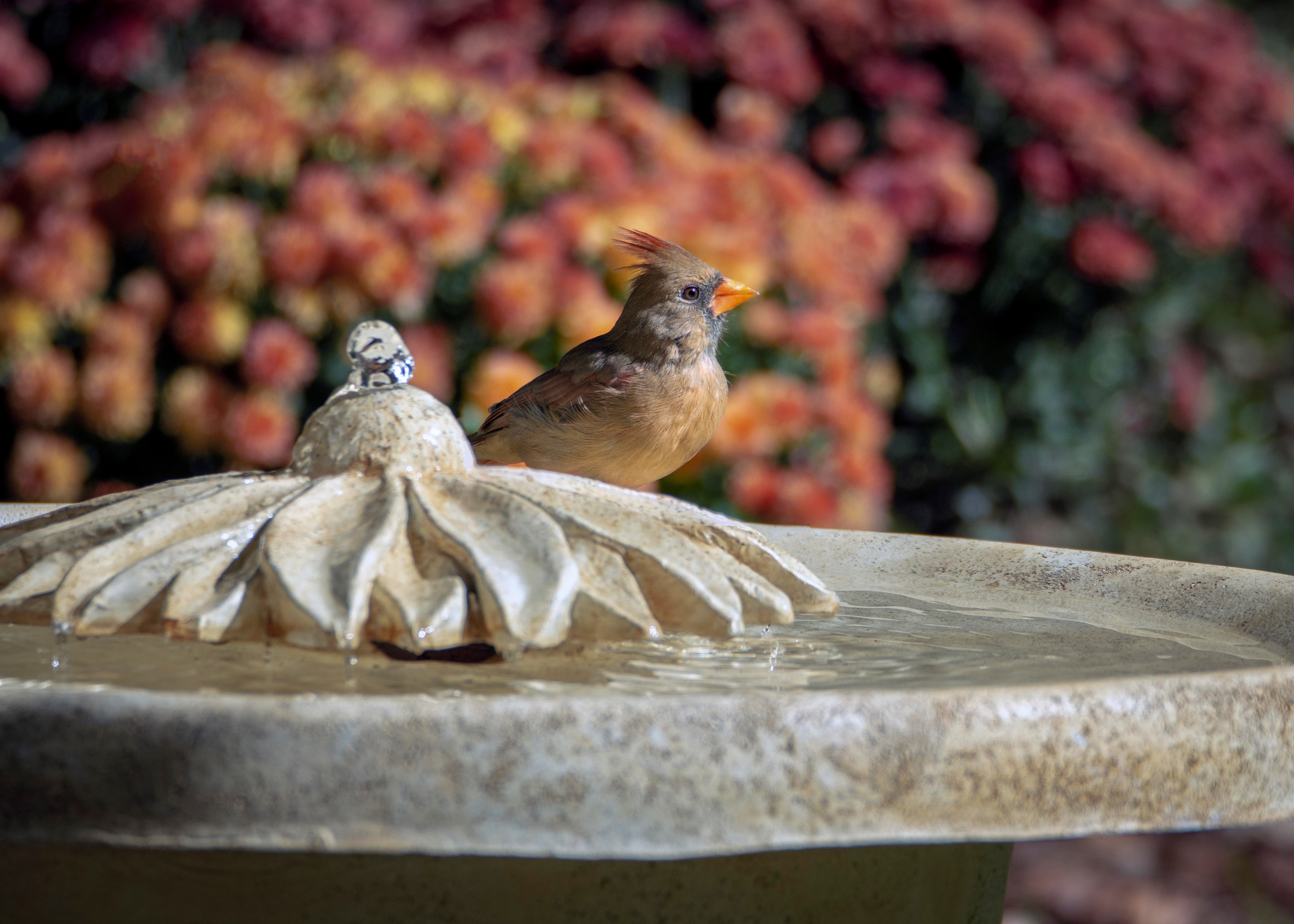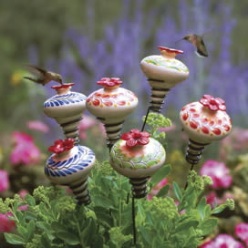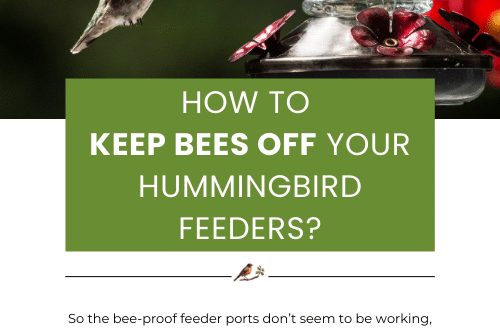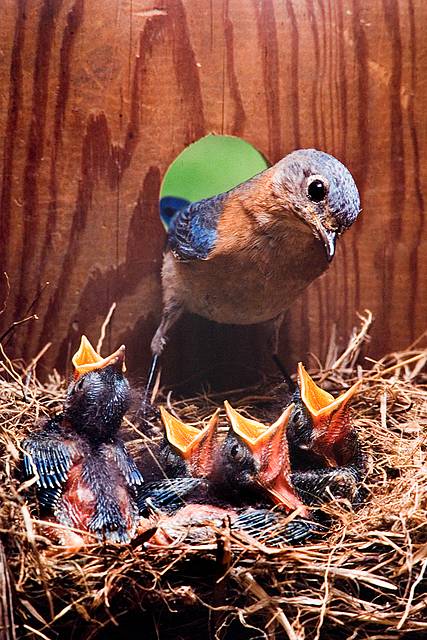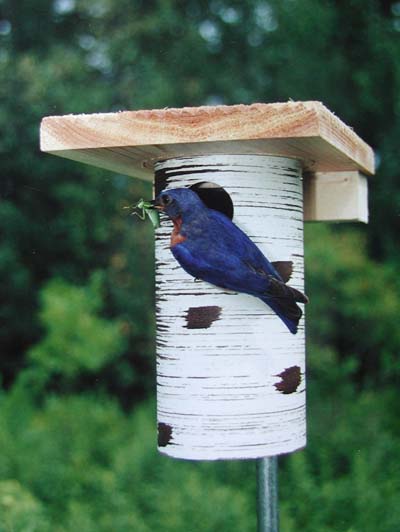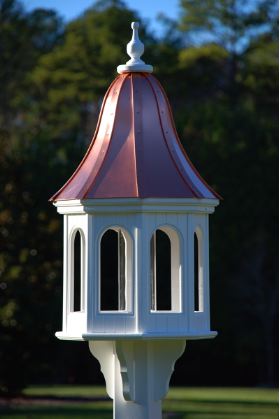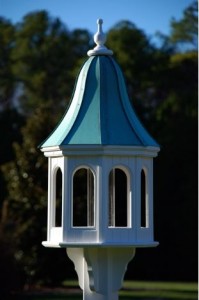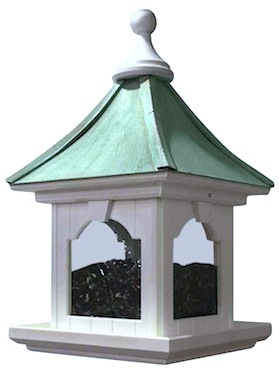-
Pollinate the Garden with Hummingbird Feeders
Hey, it’s National Pollinator Week!
One of those little things often taken for granted, pollinators play a huge role in the environment and our food sources. Albert Einstein said “if the bees go, we go four years later”. This is a scary thought, as bumble bees are now being considered one of the “at-risk” pollinators of today.
Hummingbirds are pollinators, and extremely beneficial in the garden. Sadly, more and more folks are saying they’re seeing less of the tiny sprites this year. The long harsh winter may have had an adverse affect on their migration, as there were no food sources upon arrival in the gulf states. Nothing was blooming yet from where they could draw nectar.
Photo by Cathy Keller Some other surprising pollinators include: hover flies, bats, native bees, moths, and certain beetles and wasps. Laying off the pesticides helps these species thrive, as well as using native plants in the landscape. Butterflies are also major pollinators, but unfortunately are also on the “at-risk” list. Over-ripe fruit is attractive to them, and also draws fruit flies which they’ll consume. Place a chunk of melon, orange, apple or strawberry on a plate in the garden for the flying gems.
Entice beneficial pollinators to your garden by keeping hummingbird feeders fresh! Sugar ferments and spoils after just a few days in the heat. Hummingbirds won’t touch it and may not even bother to check the feeder again. And ants, just one ant in the nectar ruins the whole batch! Use an ant moat to protect nectar from these pesky critters. A dab of petroleum jelly around the top of the hanger will also thwart ants, but tends to melt after a few days of extreme heat.
The solution should be changed every 2-3 days in hot weather. Consider making your own nectar so feeding the sprites isn’t as costly. Simply plain table sugar and water… no red dye needed! Nothing else should ever be added to the solution. One cup of sugar to four cups of water, the ratio is 1:4 sugar to water. Quick, easy and economical, store unused nectar in the fridge for up to two weeks.
Plant annuals and perennials that bloom throughout the season. Tube-shaped flowers are nectar producers, as well as native vines and salvia. Using these and other native plants in the garden provides a natural and steady food source for pollinators.
Leave some bugs. A great source of protein, hummingbirds and butterflies go after tiny insects (gnats, fruit flies and others) as a large part of their diet. With the spring nesting season and lots of babies out there now, insects are an important food source. If you’re using pesticides in the yard, stop! They’re no good for anyone 🙁
Fresh water is integral to all friendly fliers. If you’re lucky enough to have a pond, creek, or stream on your property, chances are great pollinators will visit. If not, consider adding a a shallow bath. A birdbath needn’t be fancy… just shallow and fresh. The maximum depth is just 2-3 inches, even a plastic plant saucer works well. If stagnant water is of concern, consider one of many bird bath accessories to keep the water moving. Water wigglers, bath drippers, solar fountains or leaf misters are just a few options that keep water fresher for longer periods, and prevent mosquitoes from laying eggs. Hummingbirds, butterflies and songbirds are attracted to these fun additions, and will stick around to use them daily.
So there you have it… celebrate National Pollinator Week by enticing these friendly fliers to your place!
-
Happy Father’s Day from Inside the Blue Bird Houses!
Many males in the winged world also labor in raising their families, so today we salute all of the hard working dads who help raise their kids!
A typical view inside blue bird houses, dad keeps a watchful eye on nestlings, while taking turns with mom bringing food to the babies.
The digs: A male bird’s skill at nest building is a sign of his suitability as a mate; he invests huge effort in the task. Males will build multiple nests to attract females, they’ll continue to build new nests until a female is happy with the construction and chooses one.
The food: Many male birds help raise their families, bringing food home to the babies. Sometimes they even have to incubate the eggs alone or take turns with the female. Male bald eagles, for example, take turns sitting on the eggs as well as bring food home to the young.
Protection: In species where both parents care for the young, the male often gathers food while the female spends more time brooding, keeping the baby birds warm, sheltered and safe from predators.
– Western Bluebirds usually breed in monogamous pairs. By the end of breeding season, most daughters disperse; most sons and the occasional daughter remain with their family for winter. In spring, the yearlings go off and nest on their own, but sometimes one or more sons stay to help their parents. Sometimes a bluebird with his own mate will help at his parents’ nest, while also feeding his own young next door. Source citation: The Cornell Lab of Ornithology
Happy Father’s Day to All~We salute your dedication to family!
- Bird Feeders, Copper Bird Feeder, Copper Roof Bird Feeder, Gazebo Feeders, Hopper Bird Feeder, Uncategorized
Big Daddy of a Copper Bird Feeder for Dad~with 10% off
Give dad a gift he’ll really enjoy and use… like everyday!
If he’s a nature kind of guy who enjoys the outdoors and especially birds… these feeders are the bomb! Crafted with utmost quality, of durable vinyl/PVC. So what’s the big deal about vinyl? It absolutely lasts!
These copper bird feeders are guaranteed for life, they’ll never rot like wood, warp, peel, split, crack or mildew. What you see is what you get too. The vinyl mounting collar below the base slides right on a 4×4 post, doink… done! The decorative brackets are already attached, even the finial on top won’t wear because it’s not wood. The surface has texture so it doesn’t look like plastic, a few folks have sworn these were wood!
The copper stays bright for about four years before it even begins to weather, turning pretty dark before ever displaying the slightest hint of green. A copper lacquer may be applied if bright and shiny is your thing, say in 3 or 4 years down the road.
Like that pretty patina color? Got ya covered with this version!
Its a rather large feeder and requires a good bit of space to display its elegance. Gazebo feeders like these are bird-friendly as seed stays protected from the elements, and birds are sheltered while eating.
A new large capacity feeder is done in a hopper style as opposed to the center feeder tube. The copper hopper’s huge and holds ten or twenty pounds of seed, depending on the model (two sizes). Yep, 10 lbs. of seed without having to refill as often. And if that’s not enough options, the hopper feeder comes in post-mount and hanging designs.
Take 10% off these copper bird feeders – or any others with promo code MC10. Good through 6/30/14
Hummingbird Feeders
about feeders & accessories

